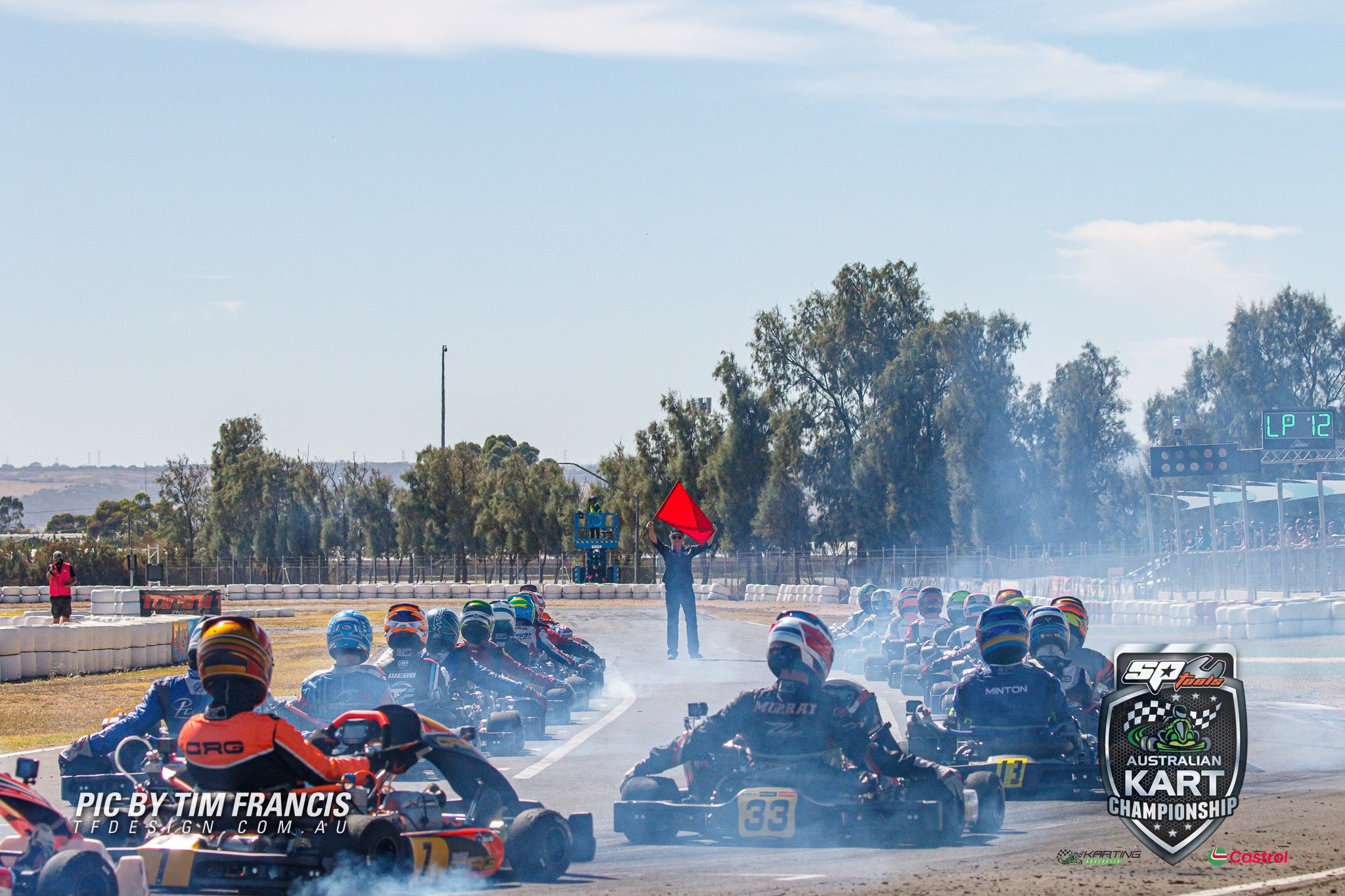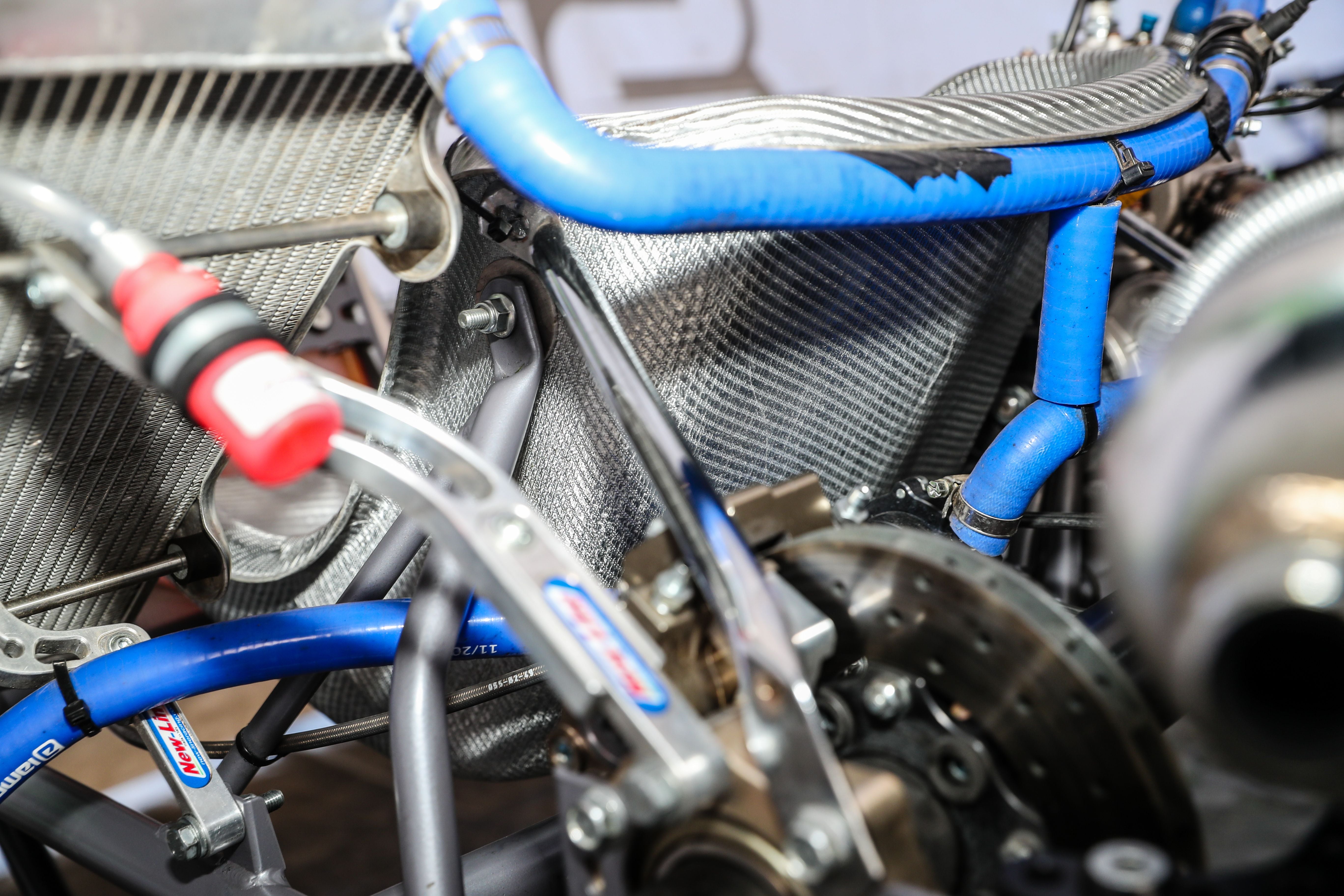Home / Blogs / Rev Up Your Racing: A Guide to Competitive Go-Karting
Rev Up Your Racing: A Guide to Competitive Go-Karting
Go-karting. It's not just about weekend fun with friends at a local track. Many find it to be an exhilarating, competitive activity with surprisingly wide range of options. It’s also the starting point for many aspiring racing drivers, with the whole Formula 1 Grid having begun their career in karting. Whether you're a seasoned racer or a curious newcomer, this guide will introduce you to the exciting variations of competitive go-karting:
1. Sprint Racing: The Classic Adrenaline Rush
Imagine yourself hurtling down a tight, technical track, going head-to-head with your competition, inches away from tyre barriers. That's the essence of the most popular type of competitive go-karting: sprint racing. Short and intense races, usually lasting 10 to 20 minutes, feature drivers competing in several heats to determine the winner overall. Since sprint karts are lightweight and nimble, they call for precise racing lines and sharp reflexes. While not seeming like a long time behind the wheel, drivers will still get physically and mentally drained even from 8-12 lap races due to the nature of the corner speeds and G-Forces experienced around turns.
2. Endurance Kart Racing: The Test of Stamina and Strategy
Unlike the short sprints of go-kart sprint racing, endurance kart racing offers a marathon for those looking for a different kind of challenge. Drivers and their karts are pushed to the maximum during endurance karting races, which can run anywhere from thirty minutes to multiple hours. This is where the strategy comes into play, as go-kart racers effectively control tire wear, fuel consumption, and pit stops. This type of racing requires teammates, and predominantly 4-stroke engines are used due to reliability and physicality for the drivers.
3. Superkart Racing: Where Speed Takes Center Stage
If pure speed is your passion, then super kart racing is the ultimate test. These top-of-the-line karts have strong engines that can propel them to speeds of 180 km/h (120 mph) on longer, wider courses, typically on motor racing circuits. Compared to open-wheel formula cars, super karts allow drivers to go at great speeds with very little downforce, which demands exceptional driving skills and courage.
4. Gearbox Karting: The Realm of Shifting Gears
Gearbox karting is a thrilling way to get a taste of Formula 1 racing for those who want it. The multi-speed manual gearboxes on these karts require drivers to become experts in clutch control for race starts, gear shifting, and maintaining perfect racing lines. The framework of gearbox karting races is like that of sprint races, but the added challenge of shifting gears increases the level of technical expertise needed.
5. Dirt Oval Racing: A Slide-Filled Spectacle
Dirt oval racing gives the classic go-karting experience a unique twist. On banked dirt tracks, racers fight to slide and drift around corners while maintaining control and speed. Dirt oval racing tracks are designed specifically with special tires and chassis setups suited for go-kart racing on loose surfaces. This is a form of racing where drifting can be faster.
How to get involved in go-kart clubs and leagues.
How do you transition from enthusiastic spectator to grid-ready racer? Here's your roadmap to joining the thrilling world of karting clubs and leagues:
-
Find Your Local Track: Locate a karting track near you for the first step. Most tracks host races and have club programs catering to different skill levels.
-
Take a Beginner Course: Many tracks offer introductory courses that teach basic racing techniques, safety protocols, and essential kart control skills. You can check out our beginner guide to karting as well.
-
Gear Up: Prepare yourself by purchasing proper safety equipment, such as a suit, helmet, gloves, and racing shoes, before entering a competitive race.
-
Talk to the Track Staff: The staff at your local track is a valuable resource. They can respond to your questions, suggest suitable racing classes, and even put you in touch with current clubs or leagues.
-
Join a Club: Most tracks have established karting clubs. You can meet seasoned racers, get coaching and mentoring, and take part in practice sessions and club-organized events by becoming a member of a club.
-
League Up: As your skills progress, consider joining a competitive series. Many regions have organized races with different classes and race schedules. We recommend you begin in entry-level classes so that you can build experience and confidence prior to taking on more difficult competition.
The world of competitive go-karting offers a thrilling blend of speed, strategy, and camaraderie. This article just scratches the surface of the diverse world of competitive go-karting. Each discipline offers unique challenges and rewards, catering to a range of driving styles and preferences. So, if you're looking to take your go-karting experience to the next level, explore our free and paid courses curated by world-class karting champion David Sera to help uncover the perfect racing fit for your inner speed demon!


